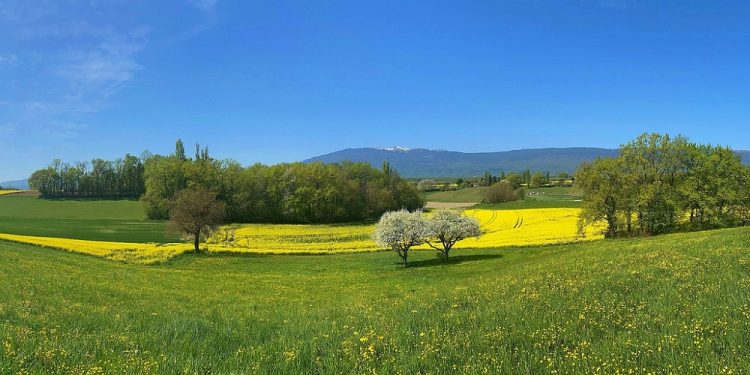
National Prairie Day
In the United States, prairies are large areas of temperate grasslands, shrublands, and savannas that receive a moderate amount of rainfall, feature a variety of different grasses and shrubs, and are devoid of trees. They can be found in North and South Dakota, Oklahoma, Montana, Nebraska, Missouri, Illinois, Indiana, Iowa, Wisconsin, Minnesota, and other parts of North America. These seemingly endless plains have been prized for farming and ranching for thousands of years—first by Native Americans and then by European settlers. So, let’s take some time on the first Saturday in June to celebrate the prairies of North America by observing National Prairie Day.
The History of National Prairie Day
National Prairie Day was established by Christine Chiu of the Missouri Prairie Foundation in 2015. The purpose of this holiday is to educate people about how the prairie is a vital ecosystem and to encourage steps to conserve, restore, and protect it.
Facts About North American Prairies
To emphasize the importance of protecting our prairies, we’ve decided to list the following facts to educate and inform:
- Tallgrass prairies once covered over 142 million acres.
- Only about 1% of North American prairies still exist.
- Over 100 different plant species can be found in prairies of less than 5 acres.
- Before Europeans arrived in North America, American prairies supported over 60 million bison.
Observing National Prairie Day
The main thing that people can do to get involved in this holiday is by taking the time to join the prairie conservation movement. People can also organize events, become a sponsor of National Prairie Day through the Missouri Prairie Foundation, or simply spread the word about this holiday using the hashtag #NationalPrairieDay on social media. You can also take the time to visit a prairie near you.








